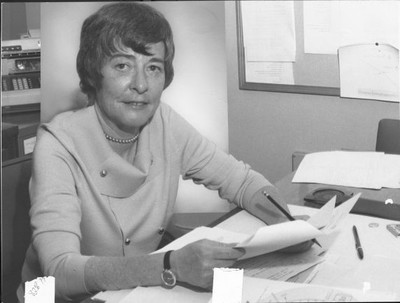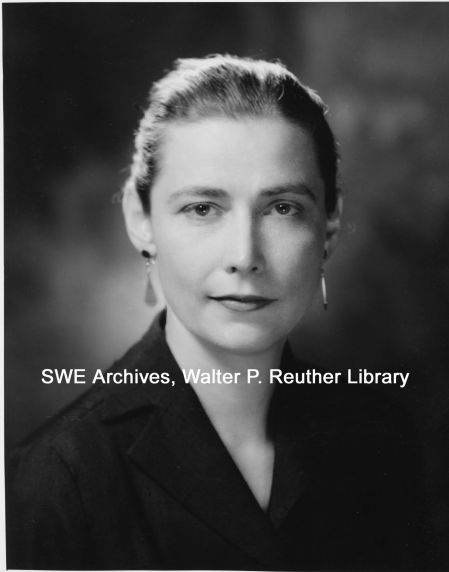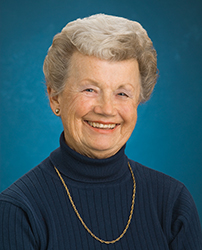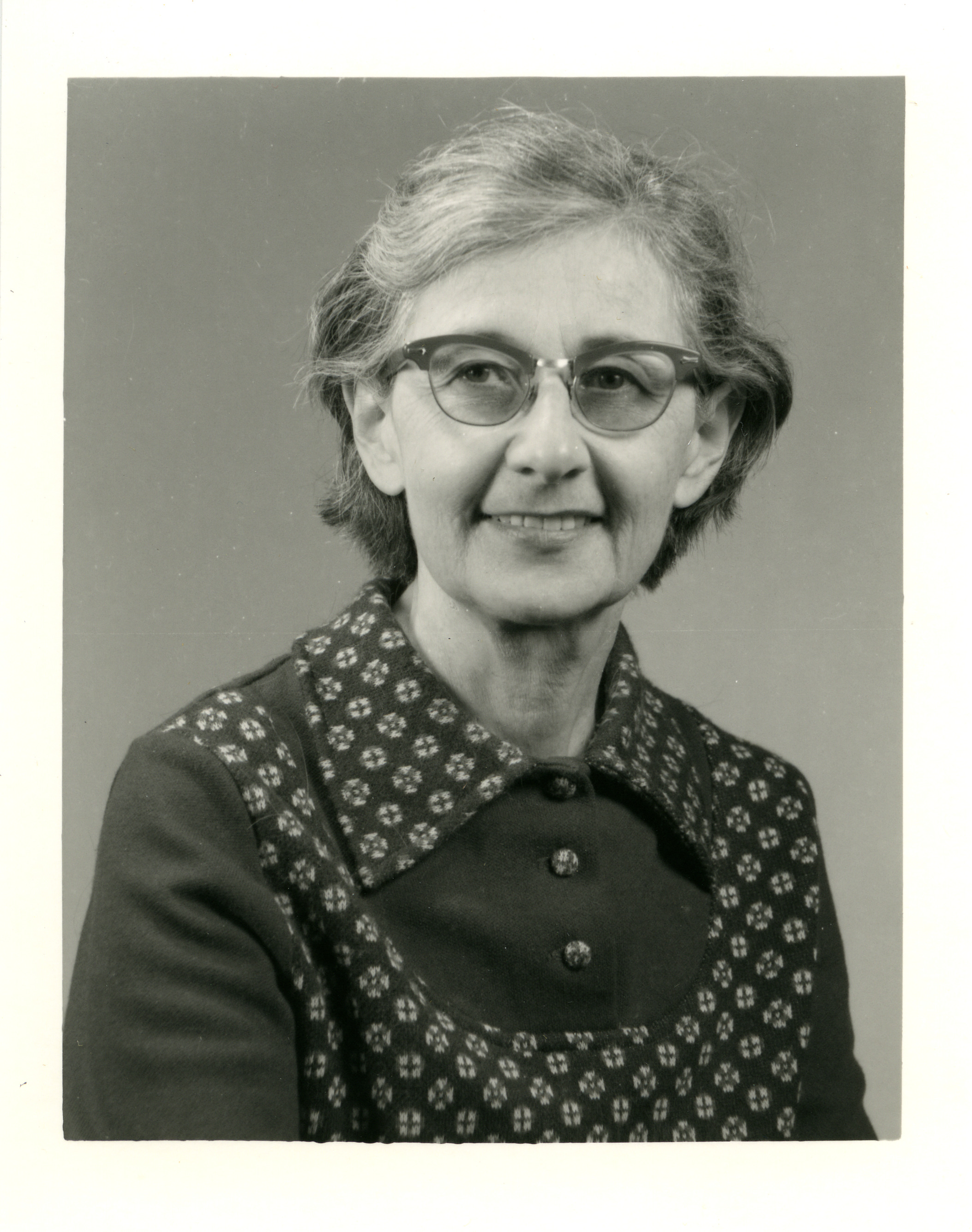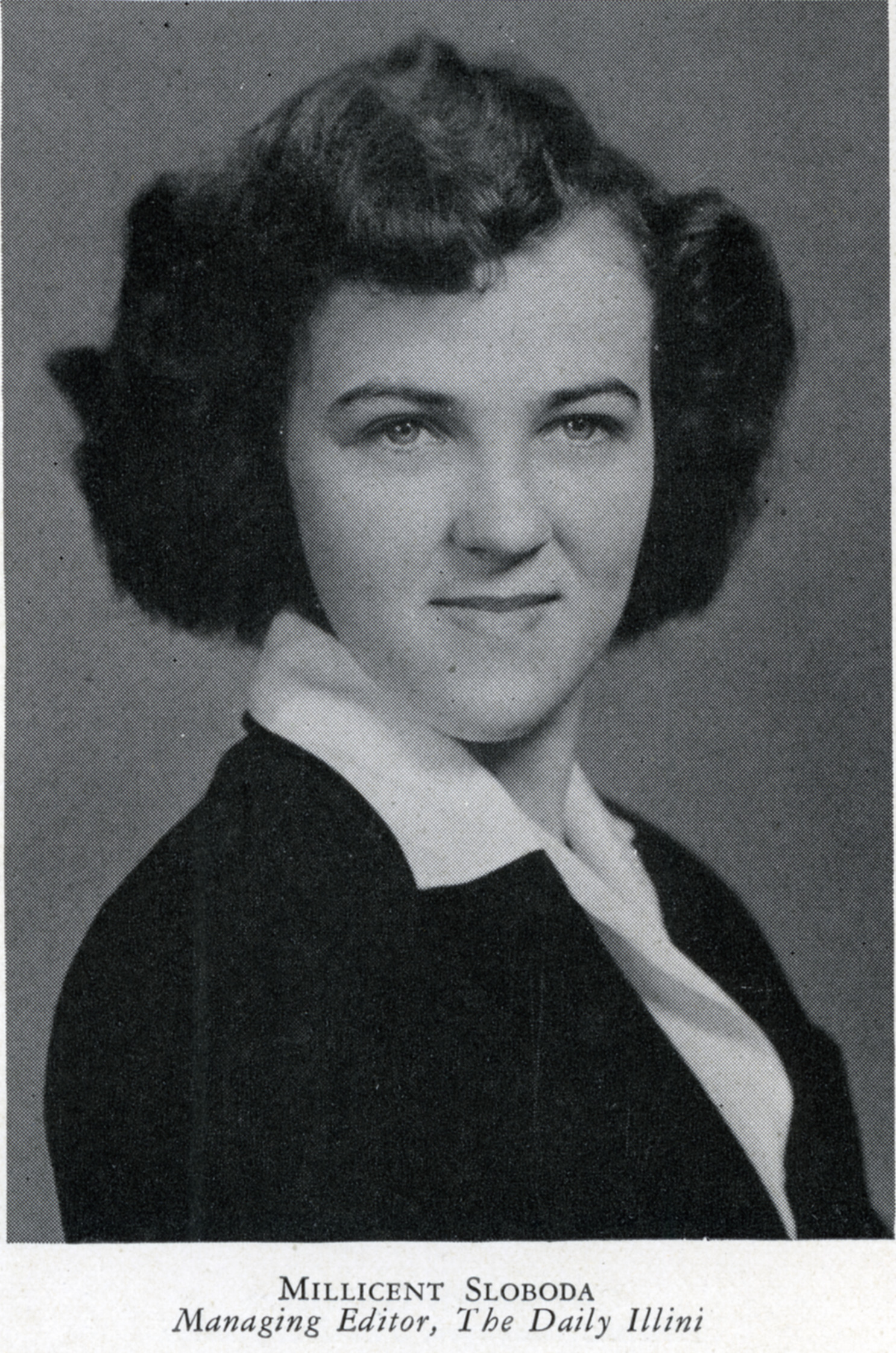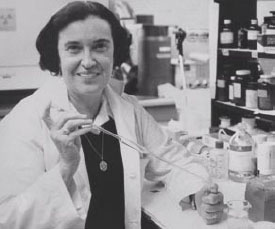ZBarbara “Bobbie” Crawford Johnson
Barbara “Bobbie” Crawford Johnson graduated in 1946 with a degree in General Engineering, the first woman to earn such a degree. After graduation, Bobbie went to work for North American Aviation later to become the Space Division of Rockwell International, where she worked on the Apollo missions. NASA recognized Bobbie in 1973 with a letter of commendation from astronaut Fred Haise Jr., and a medallion commemorating her contributions to the Apollo 11 mission. The College of Engineering at the University of Illinois named her a 1975 Distinguished Alumni (the first woman to receive this award) for "her originality and technical contributions to space flight dynamics of missiles and manned vehicles, for her unusual capacity to be a contributing member of a team as well as an inspiring leader able to manage both people and projects." The American Astronautical Society granted her the Dick Brouwer Award in 1978 to honor her "significant technical contributions to space flight mechanics and astrodynamics."
Dorothy Martin Simon
Dorothy Martin Simon received her PhD in Physical Chemistry from the University in 1945. In 1968, she became the first female corporate officer for Avco Corporation. Eventually, Simon was promoted to Vice President in Charge of Research and Development, and helped develop the synthetic fiber Orlon, one of her greatest accomplishments. Dorothy spent much of her time teaching and won several awards.
Laura J. Huslster
Laura J. Huslster joined the Physical Education Department in 1949 as Head of Physical Education for Women, a role she held until 1966. She remained in the department until her retirement in1977. Laura was responsible for the name change in programs and buildings from "Woman's" to "Women's", moving from singular to plural to better represent who the resources served. Laura also helped create the first professional curriculum in dance at Illinois and initiated motor fitness testing on physical education students.
Lila Jeanne Eichelberger
Lila Jeanne Eichelberger, affectionately known as “Shorty,” graduated from U of I around 1949 and has been a longtime supporter of the University and of 4-H. She is a President's Council Member and a Chancellor's Circle Member. Eichelberger has been a leader and advocate for athletics, especially for women's athletics, including assisting with the development of Illinois’ softball team. She is a Varsity "I,” and was most recently inducted into the 4-H Hall of Fame.
Marianne Ferber
Marianne Ferber joined the Economics Department at the University around 1948 and became known for "feminist economics." She was a Professor of Economics, and she also served as Head of Women's Studies from 1979–1983 and from 1991–1993. During the 1970s, Ferber was a member of the Committee on the Status of Women in the Economics Profession. Later, she became a founding member of the International Association for Feminist Economics (IAFFE) and served as IAFFE’s president in 1995-1996.
Marietta Stevenson
Marietta Stevenson came to the University of Illinois in 1943, joining what is now the School of Social Work. Prior to her arrival at U of I, she was an assistant director of the American Public Welfare Association for 12 years. When she arrived, she became the school’s first dean and eventually renamed the program from social welfare administration to its current namesake. She was the first woman to become a member of the Illinois public aid commission in May 1950. In 1961, Marietta retired from U of I, leaving the social work program stronger than it was when she began.
Millicent Sloboda Lane
Millicent Sloboda Lane graduated from the University of Illinois in 1944 with a degree in Advertising and Publishing. She was the first female editor-in-chief of the Daily Illini. While editor-in-chief, Millicent used the student newspaper to champion the cause of military trainees and veterans on campus.
Rosalyn Sussman Yalow
Rosalyn Sussman Yalow received her Master’s degree from the University of Illinois in 1942 and her PhD in 1945 both in Physics. In an era when few women pursued careers in science, Rosalyn persisted in applying to graduate schools and was offered a teaching assistantship at the University of Illinois in the College of Engineering in 1941, where she was the only female among 400 teaching fellows and faculty members. In 1977, Rosalyn co-won the Nobel Prize in Medicine and Physiology for the discovery and development of radioimmunoassay, the first American born woman to win a science Nobel, and the second woman to win a Nobel Prize in Medicine.
